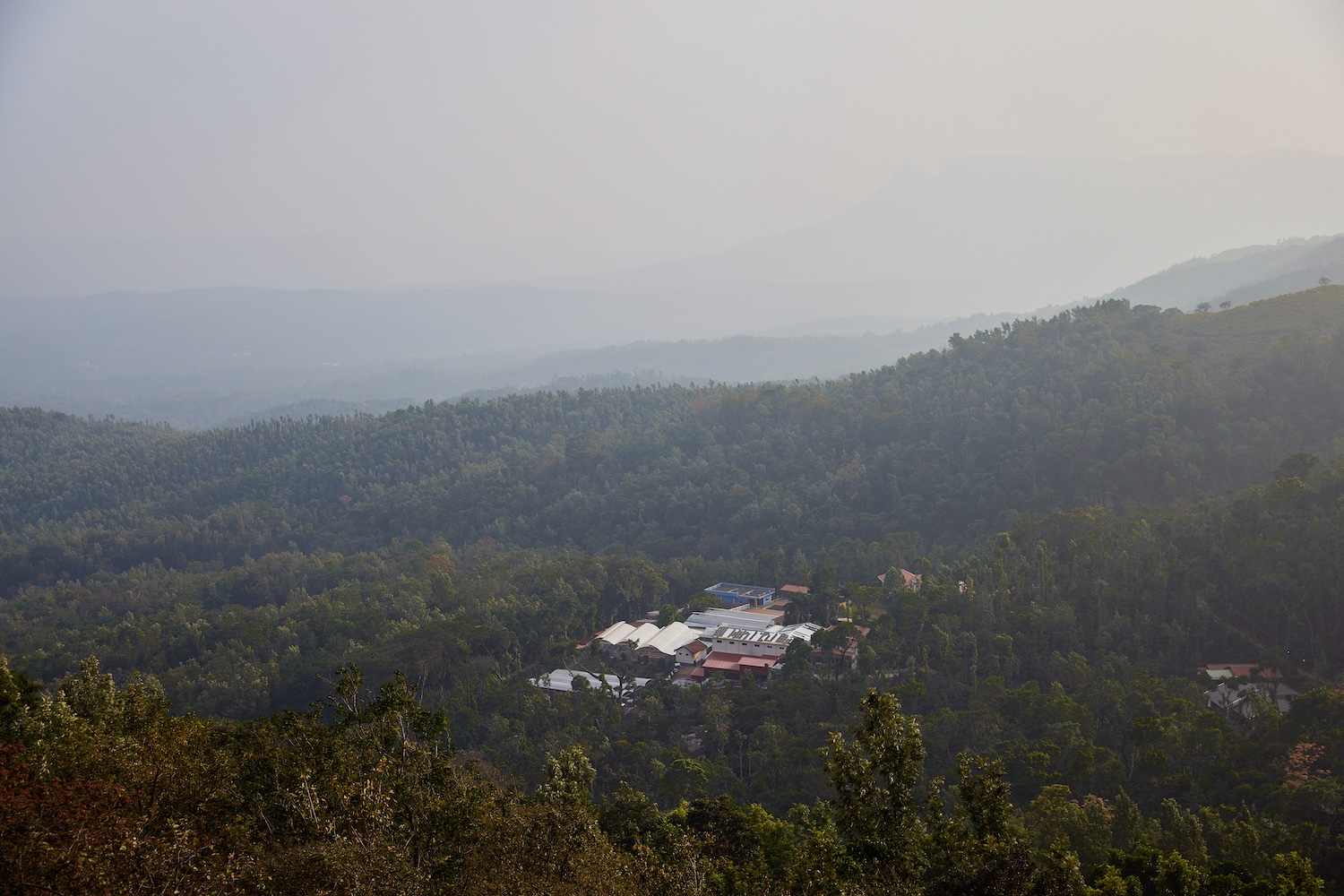
by Shannon Elder – Position Analyst & Supply Chain Specialist

Ratnagiri Estate, India 2024
Uncertainty in the coffee market is a familiar territory, especially after the past few years of an inverted1 landscape. However, recent concerns over C-Market prices have sparked many questions and conversations among our team and customers. Arabica prices have rallied to the highest we have seen in just over two years, and we would like to provide some insight into what might be happening in the market. It is important to note that while these dynamics are happening on a large scale within commodity coffee, they are inherently tied to specialty markets with which we interact.
Early in the rally, news of weather-related disruptions in top coffee-producing regions of Brazil and Vietnam caused Arabica prices to trend upwards. As updates about unfavorable weather conditions continue to emerge, the market may become nervous about the possibility of reduced output. This fear was reflected in the Robusta market prices, which hit a record high on Thursday, April 18. Although we don’t trade in the Robusta market, these events show how interconnected the two markets are and how they can impact the balance of Arabica supply and demand levels.
As the market gained momentum, speculators joined the conversation. They believed the market was on the rise and took long positions, further fueling the market momentum. This introduced more uncertainty and volatility into an already bullish2 ride. Based on weather concerns, the market decoupled from the previous boost and was purely driven by speculative action.
Click the graph to view the interactive version
The past few years have been filled with uncertainty. Low certified stocks3 and the inversion have been a high point of discussion when considering the state of the coffee market. In December 2022, the European Union (EU) announced its plan for the European Union Regulation on Deforestation. This legislation will prohibit importing products in the EU that cannot be certified as deforestation-free, posing an issue within commodity coffee for various reasons.

Producer Felix Chambi, Bolivia 2023
According to the most recent data by ICE, 99.7% of all certified coffee stocks are currently held in EU warehouses between Antwerp, Hamburg, and Bremen. If coffee cannot be imported into the EU without EUDR certification, this poses a threat to current and future certified stock levels. The cost of delivering coffee to ICE warehouses could be a barrier for traders and add to the ongoing concerns surrounding low certified inventories. The new regulations on the horizon are a concern for various coffee stakeholders. The added unknowns surrounding certified stocks will mean further periods of uncertainty and transitions within the C-Market price and volatility.
As the market settles into a new comfort range this week, we must also look to the future and prepare for upcoming conversations. By understanding some of these factors beyond our control, we hope to work with our customers to continue to navigate times of uncertainty by offering the tools and understanding to make well-informed decisions.